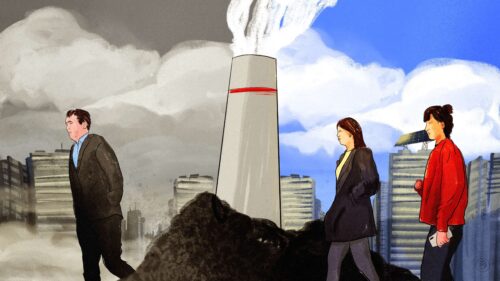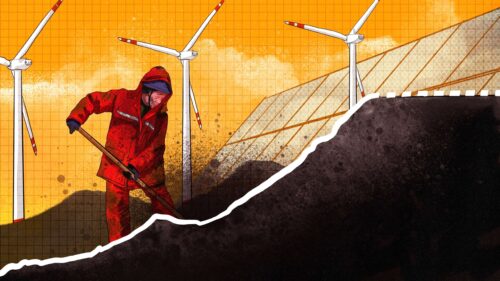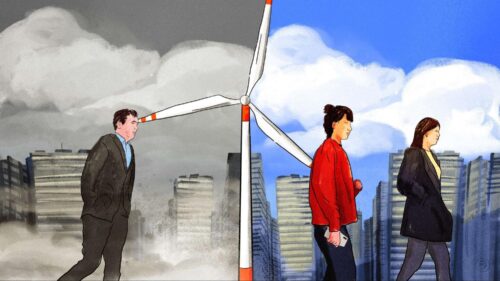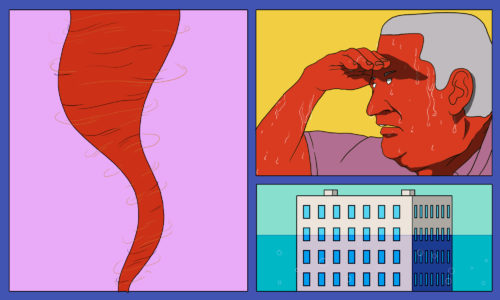Beijing confronts the energy crisis, but nature gets in the way
A story from the The China Project A.M. newsletter. Sign up for free here.

In late September, we reported on the six steps that led to China’s energy crisis. Since then, the government has taken aim at steps one and four to try combating shortages:
- Step one was slowed-down coal mining due to stricter environmental and safety rules. Though Beijing has since freed mines to surpass their annual quotas, torrential floods forced them to shut back down in Shanxi, the largest coal-mining province.
- Step four was a ban on surge pricing by power suppliers, disincentivizing them from buying expensive coal only to sell the resulting energy at a deep loss. On the surface, this problem is solved: prices can now rise 20% instead of the previous 10% cap.
However: The combination of stalled mining and flexible energy pricing poses a new challenge: stubbornly high coal prices + surging energy prices = skyrocketing production costs down the supply chain.
- Metals smelters will be forced to raise commodity prices to offset the higher costs.
- At the same time, they could face lower demand: the one-two punch of expensive energy and raw materials may be too much for downstream producers to handle.
Key question: Since China’s current crisis can only be solved with more coal, does that mean its stringent climate policy is doing more harm than good? Can China meet its ambitious emissions targets?






